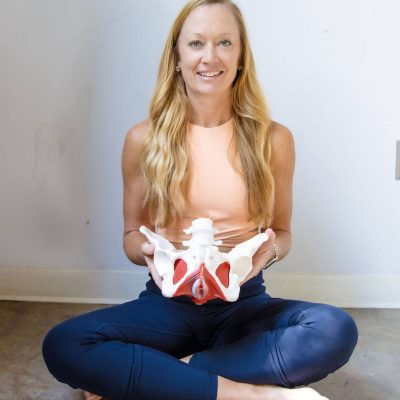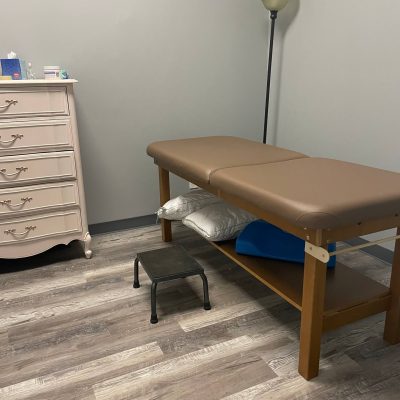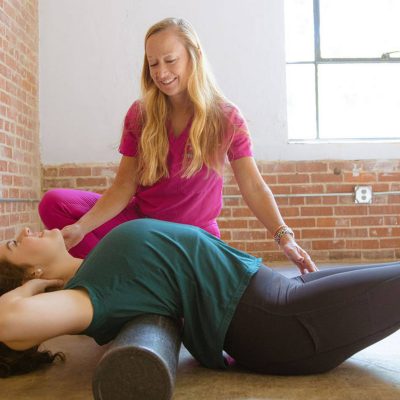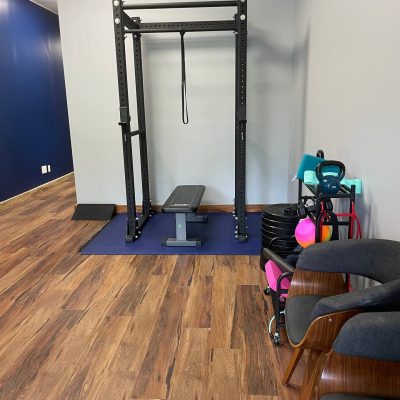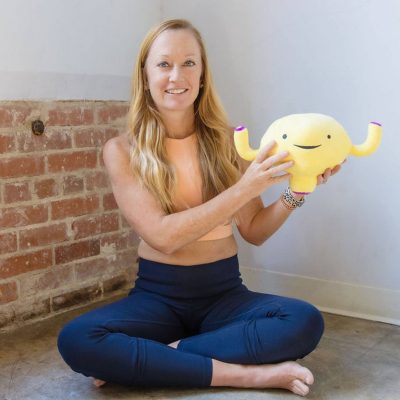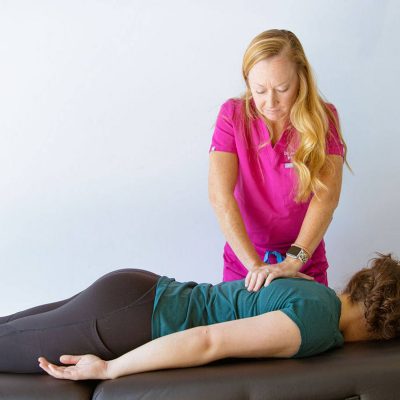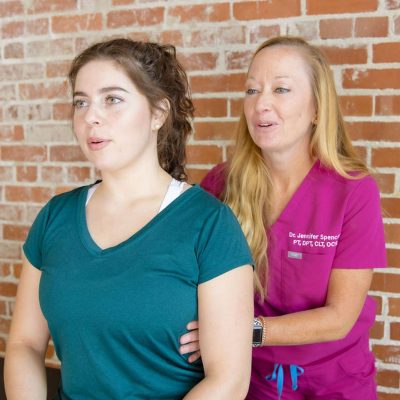By Erica Mitchell, PT, DPT
Bladder problems in children can vary and might include:
- Urinary Tract Infections (UTIs): UTIs are common and occur when bacteria enter the urinary tract. Symptoms can include frequent urination, pain or burning during urination, abdominal pain, foul-smelling or cloudy urine, and sometimes fever.
- Bedwetting (Nocturnal Enuresis): This is involuntary urination during sleep. It’s common in younger children and often resolves by age 6. However, it can persist in some children and might be due to factors like stress or constipation.
- Overactive Bladder (OAB): Some children might experience an overactive bladder, which causes a sudden, uncontrollable urge to urinate, leading to accidents.
- Voiding Dysfunction: This includes difficulties in controlling the flow of urine or emptying the bladder completely. It might involve holding urine for too long, resulting in accidents or urinary urgency.
- Structural issues: Rarely, children might have structural problems affecting the bladder or urinary tract, such as abnormalities in the urinary system.
- Neurological conditions: Conditions affecting the nerves that control the bladder can lead to bladder problems in children.
Pelvic floor physical therapy can be beneficial for pediatric bladder problems in certain cases. Pelvic floor physical therapy focuses on the muscles, ligaments, and connective tissues in the pelvic area, aiming to improve function and alleviate issues related to the pelvic floor.
In children, pelvic floor physical therapy can be used to address various bladder problems, including voiding dysfunction, bedwetting, and overactive bladder. Techniques taught in pelvic floor therapy, such as bladder retraining and relaxation exercises, can assist in managing symptoms of these dysfunctions. Your pelvic floor physical therapist can also offer advice on toileting habits, fiber intake, and provide external modalities to improve overall bladder and bowel function.
Pediatric pelvic floor physical therapists approach treatment very differently from how it’s done with adults. In the case of children, especially younger ones, the approach is non-invasive and does not involve internal work like it might with adults.
Pediatric pelvic floor physical therapists primarily use external techniques and methods that are age-appropriate and comfortable for children. These techniques might involve:
- Education: Teaching children about their pelvic floor muscles and bladder function in a child-friendly manner.
- Behavioral Strategies: Implementing behavioral strategies and exercises that help children improve bladder habits, relaxation, and coordination of pelvic muscles.
- Biofeedback: Using non-invasive techniques to help children understand and control pelvic floor muscle activity.
- Therapeutic Activities: Engaging children in play-based or age-appropriate activities that indirectly support pelvic floor function.
- Posture and Positioning: Teaching children proper sitting and voiding positions to aid in bladder emptying.
The approach is gentle, supportive, and often involves play or activities to make therapy sessions more engaging for children. Your therapist will collaborate closely with the child and their caregivers to create a comfortable and effective treatment plan.
The aim of pediatric pelvic floor physical therapy is to improve bladder and bowel function, alleviate symptoms, and empower children and their families with tools to manage and improve bladder health without causing discomfort or stress.
Dr. Erica Mitchell, Pelvic Floor Physical Therapist, has extensive training in the treatment of Pediatric Pelvic Floor Dysfunction with a background in Pelvic Floor Dysfunction for women and men.

